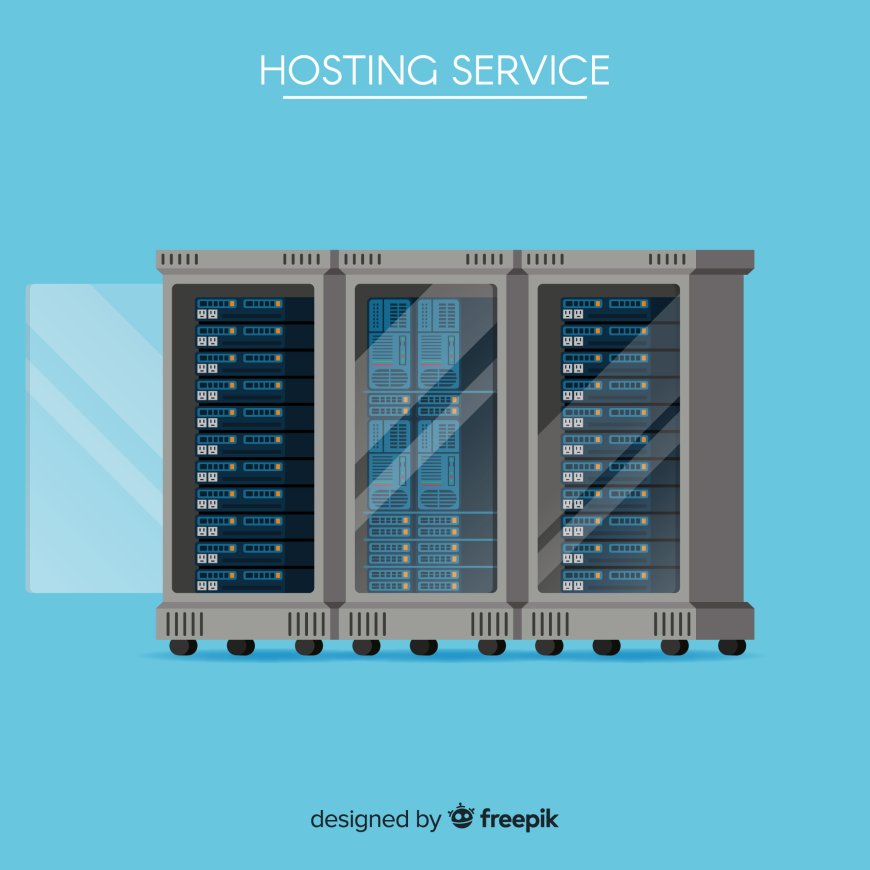Understanding Server Rental Cost: A Strategic Guide for Businesses
Explore server rental cost with expert insights, pricing factors, and smart tips to optimize your IT budget. Make cost-effective, strategic decisions today.

In todays digital-first economy, businesses of all sizes rely heavily on robust IT infrastructure to run mission-critical applications, store sensitive data, and deliver seamless customer experiences. Amid these demands, one of the most common decisions organizations face is whether to buy or rent servers. Naturally, server rental cost becomes a crucial consideration but its more than just a line item in your budget. It reflects your broader IT strategy, scalability goals, and risk appetite.
This comprehensive guide dives into the factors that influence server rental costs, practical ways to optimize expenses, and forward-looking insights to help you make informed, cost-effective decisions.
Why Businesses Opt for Server Rental
Before delving into the numbers, its essential to understand why renting a server is often preferable to outright purchasing.
-
Lower upfront investment: Buying a dedicated server involves significant capital expenditure, while renting spreads costs into manageable monthly operational expenses.
-
Flexibility and scalability: Renting allows you to easily upgrade or downgrade resources as your business needs change, without being locked into depreciating hardware.
-
Access to latest technology: Hosting providers regularly refresh hardware, ensuring you get high-performance infrastructure without additional upgrade costs.
-
Expert management and support: Server rentals often include maintenance, security updates, and technical support, reducing your IT teams workload.
These benefits highlight why thousands of startups, SMBs, and enterprises prefer server rental solutions, viewing them not just as a cost center but as a strategic asset.
Breaking Down Server Rental Cost
1. Hardware Configuration
At the core of rental pricing is the hardware specification:
-
CPU & cores: More powerful processors (like Intel Xeon or AMD EPYC) with multiple cores cost more.
-
RAM: Memory requirements can vary drastically depending on workloads (e.g., databases vs. web servers).
-
Storage: Traditional HDDs are cheaper, while SSD or NVMe drives offer higher performance at a premium. RAID configurations also influence cost.
For example, a basic configuration with 4 cores, 16GB RAM, and 1TB SATA HDD may start around $80/month, whereas a high-end server with dual CPUs, 128GB RAM, and enterprise SSDs might exceed $500/month.
2. Bandwidth & Network
Most hosting providers bundle a certain amount of monthly data transfer. Higher bandwidth needs (for video streaming, large e-commerce platforms, etc.) or low-latency global networks will increase the rental fee.
-
Typical plans include 5TB to 10TB traffic.
-
100 Mbps unmetered vs. 1 Gbps dedicated lines come with different pricing.
3. Managed vs. Unmanaged Services
-
Managed servers (with monitoring, OS patching, backups, and security management) can cost 2040% more but save internal resource costs.
-
Unmanaged servers are cheaper but require in-house expertise.
4. Location of Data Center
Geographical location plays a role. Hosting in Tier III data centers in India may cost less than a server in a prime U.S. or EU location. However, proximity to end-users is vital for minimizing latency.
5. Additional Features & Compliance
-
Firewalls, DDoS protection, and dedicated IPs often carry extra costs.
-
If you operate in regulated industries (like healthcare or fintech), compliance-grade environments (HIPAA, PCI-DSS, etc.) might be pricier.
Actionable Tips to Optimize Your Server Rental Cost
1. Assess Workload Accurately
Many businesses overpay by overestimating resource requirements. Start by profiling workloads (peak CPU, RAM, IOPS needs). Consider using scalable solutions where you can adjust resources in real time.
2. Choose the Right Billing Model
-
Monthly vs. yearly contracts: Longer commitments often come with discounts.
-
Burstable billing: Some providers charge based on 95th percentile bandwidth usage, which can reduce costs if you have occasional spikes.
3. Avoid Overlapping Services
If you rent a managed server, you might not need additional monitoring tools or external firewall services. Bundle wisely to avoid redundant spending.
4. Leverage Promotions and Custom Deals
Hosting providers often run discounts, especially for new customers. Providers like Go4hosting, for instance, offer tailored packages that can significantly cut costs based on your specific needs.
The Future: Server Rental in a Cloud-Heavy World
With the growth of public cloud platforms, does traditional server rental still make sense? The answer is often yes.
-
Predictable workloads: If your application has stable traffic, renting a dedicated server can be more cost-effective than cloud VMs, which charge per resource hour.
-
Data sovereignty and control: Many organizations prefer dedicated hardware for compliance or performance isolation.
-
Hybrid models: Businesses increasingly mix dedicated servers (for core databases or latency-sensitive applications) with cloud for elastic workloads.
Moreover, modern server rental providers now offer bare metal cloud solutions blending the benefits of dedicated hardware with cloud-like deployment speed and APIs.
Concluding Thoughts: Rethinking Cost as Investment
Ultimately, understanding server rental cost is not merely about finding the cheapest option but aligning your IT spending with your strategic goals. A slightly higher monthly fee may yield better performance, security, and uptime factors that directly impact customer experience and revenue.
As you evaluate providers and proposals, look beyond the sticker price. Consider the total value, including:
? Technical support and SLAs
? Upgrade flexibility
? Security frameworks
? Geographic network reach
Whether youre a growing startup needing to scale quickly, or an enterprise migrating workloads from on-premises, renting servers remains a compelling, future-ready choice.
Call to Action
Ready to explore tailored server rental options? Engage with hosting partners who can assess your needs holistically, not just quote generic packages. By making smart, data-driven choices today, youll position your business for resilience, agility, and growth tomorrow.



































